Statistical Process Control
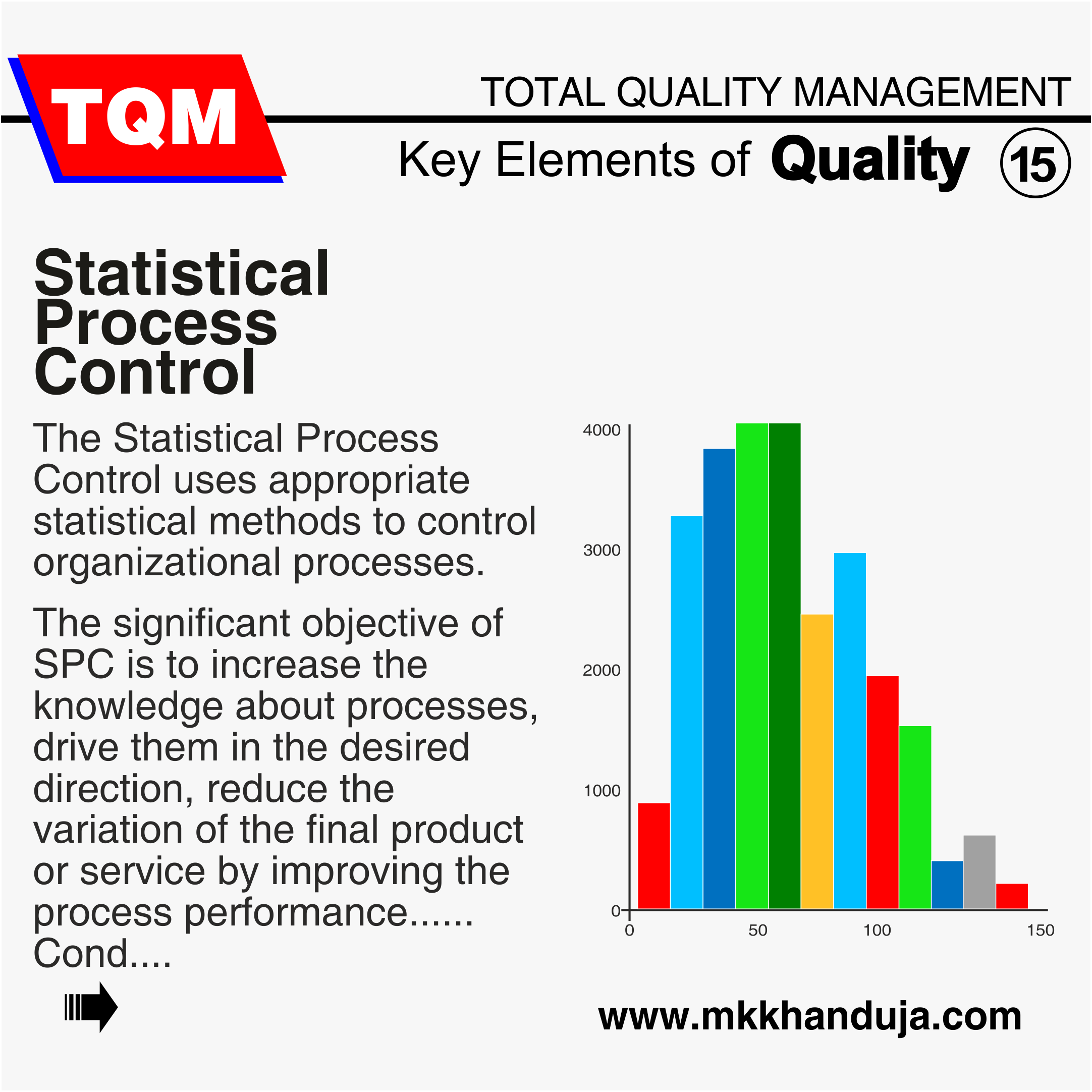
The statistical process control
uses appropriate statistical methods to control organizational processes. The
significant objective of SPC is to increase the knowledge about processes,
drive them in the desired direction, reduce the variation of the final product
or service by improving the process performance. Additionally, the economic
goal of SPC is to enhance the process outcomes from the limited resource
inputs.
Effective implementation of SPC helps to reduce cost, increase profits,
enhances consistency and reduces variation by optimizing the process
parameters. With the help of SPC methods, an organization can assess the
quality & consistency levels of organizational process, and trigger the necessary
preventive actions through process adjustments. SPC provides an additional
advantage of the reduction in troubleshooting cost and increases the speed of
detection.
It also benefits the employees by
enhancing their knowledge. SPC allows an employee to understand the causes that
affect the organizational process and provides them an opportunity for
improvement. SPC can be implemented by using various types of control charts
such as –
- Average and Range
chart.
- Individual and range
chart.
- Medium and range chart.
- Percentage defective
chart (p chart).
- Number defective char
(np chart).
- The number of
defectives chart (c chart).
- The number of
defectives per unit chart (u chart).

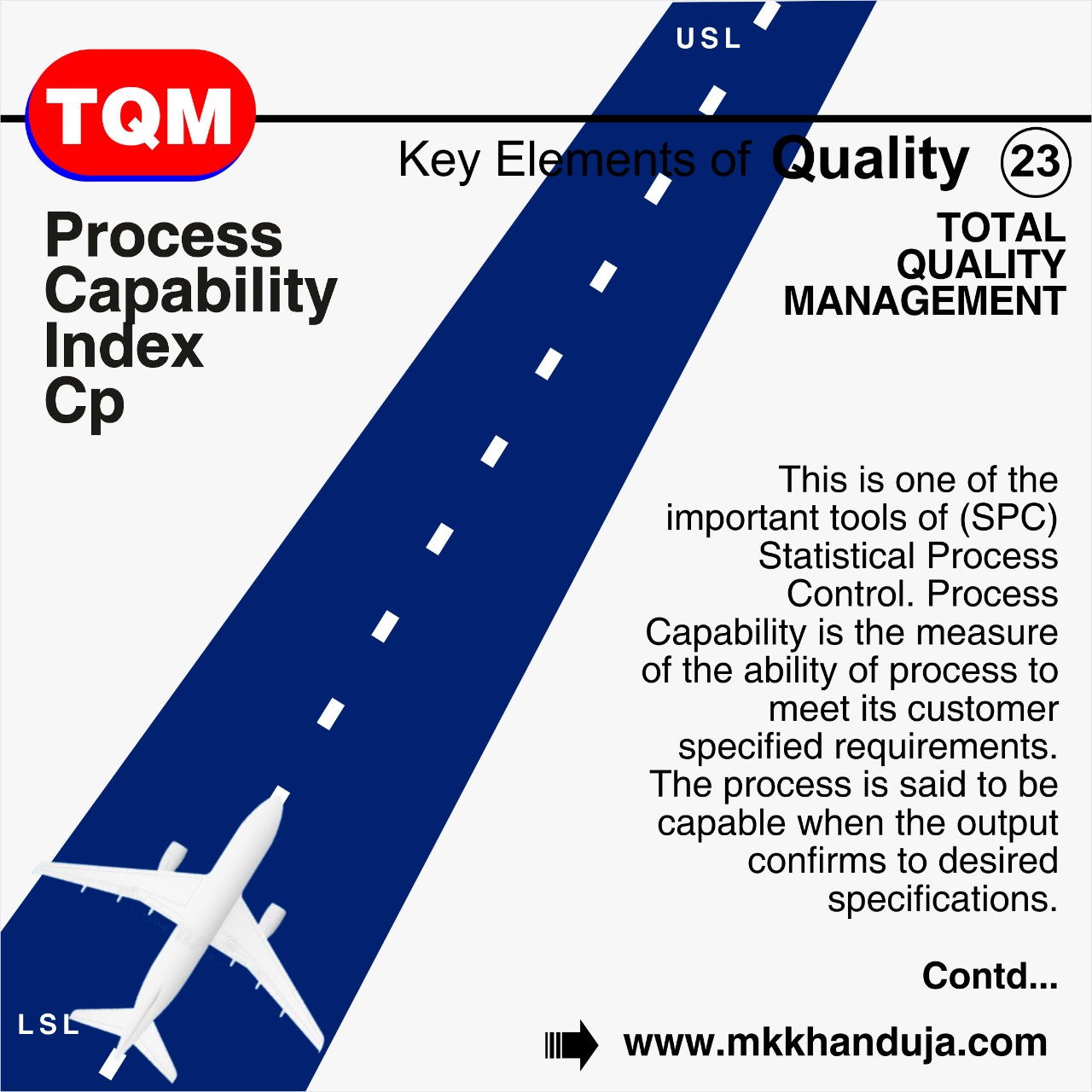
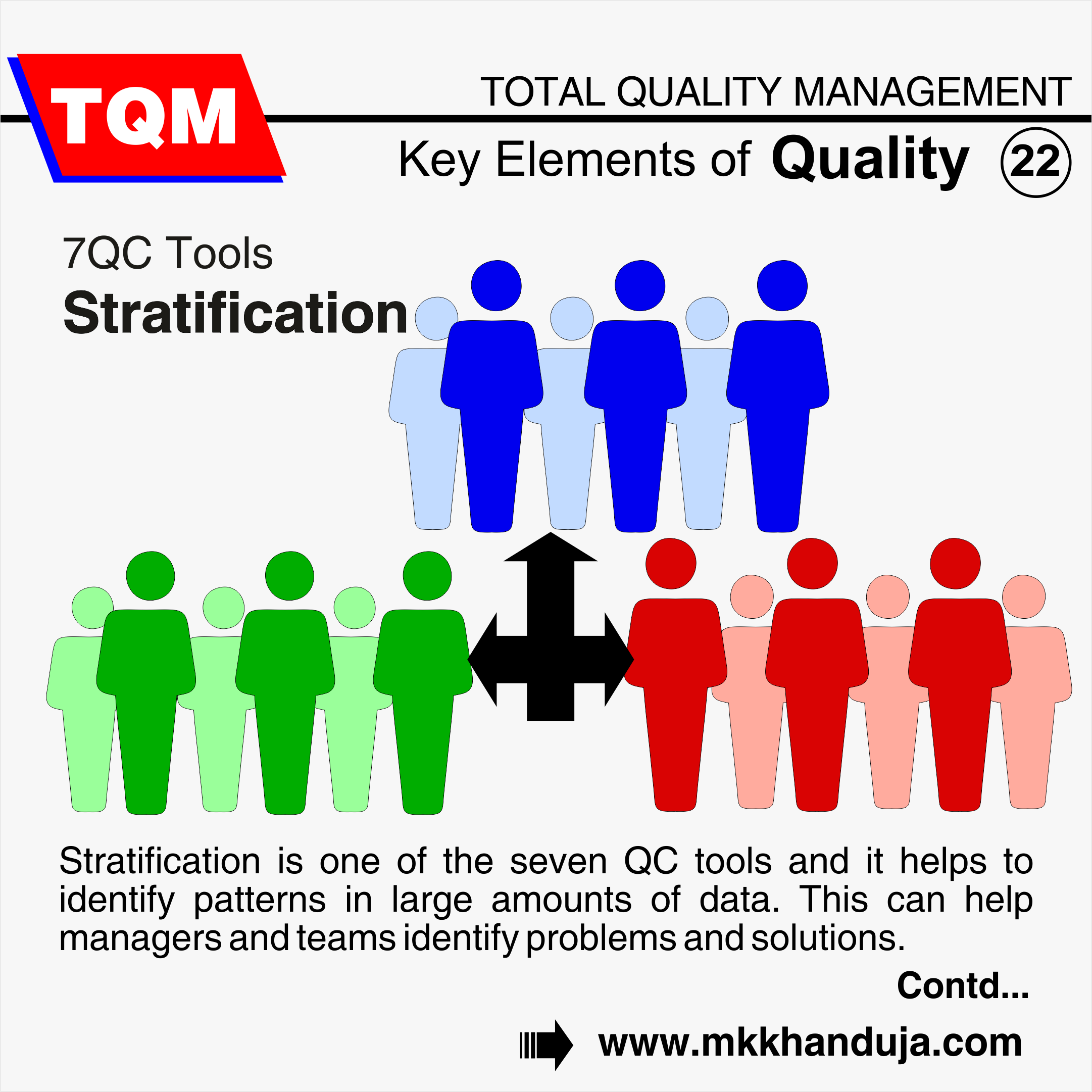
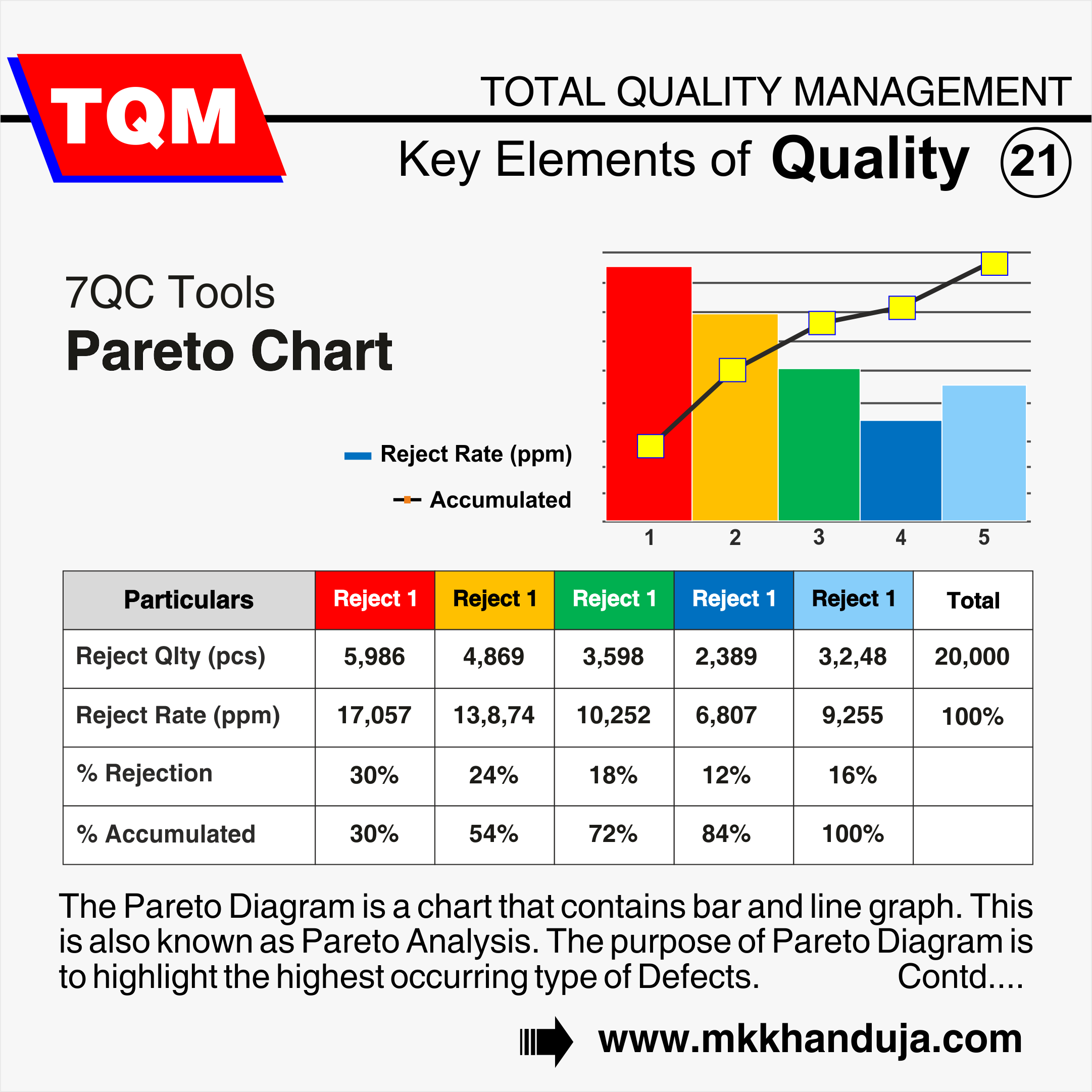
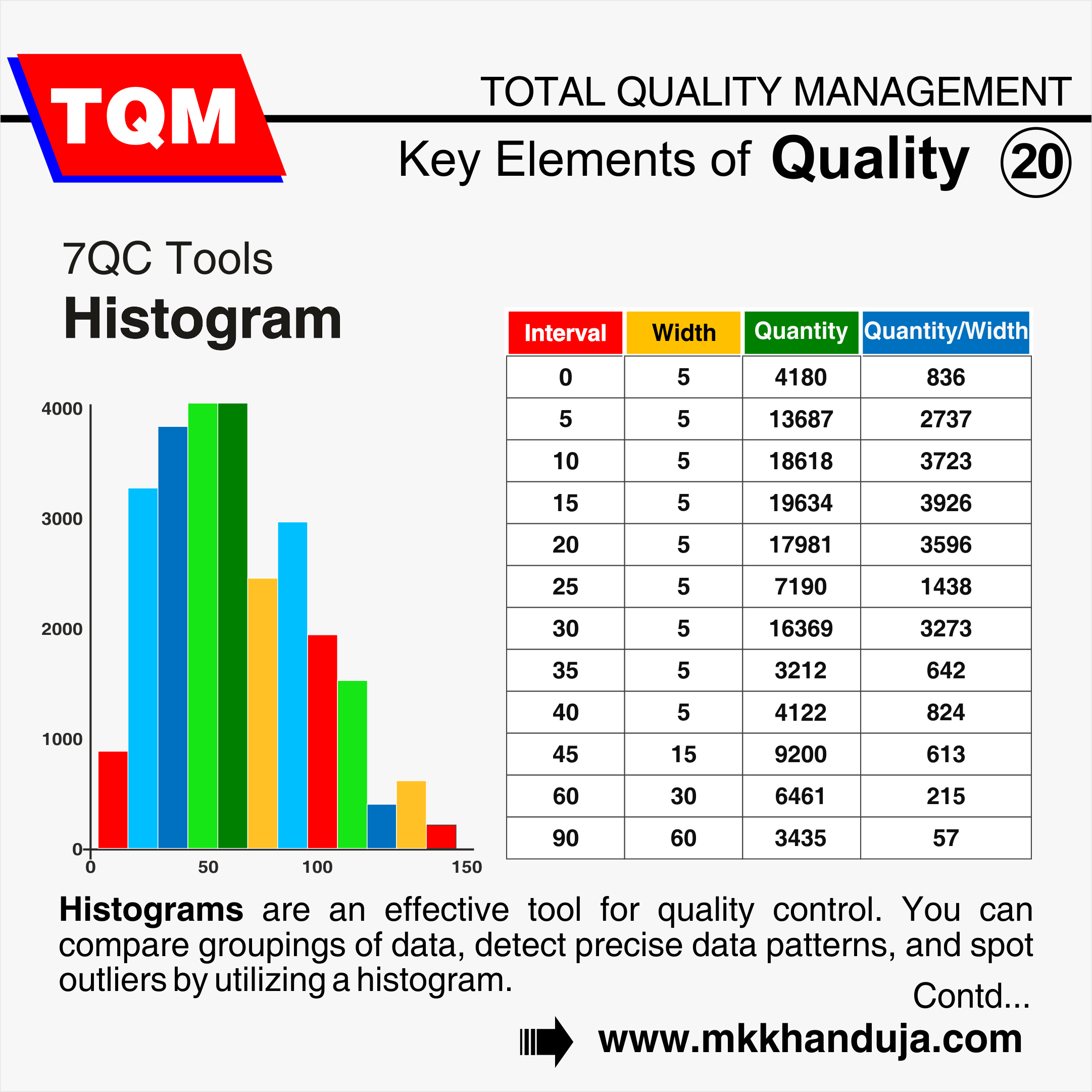
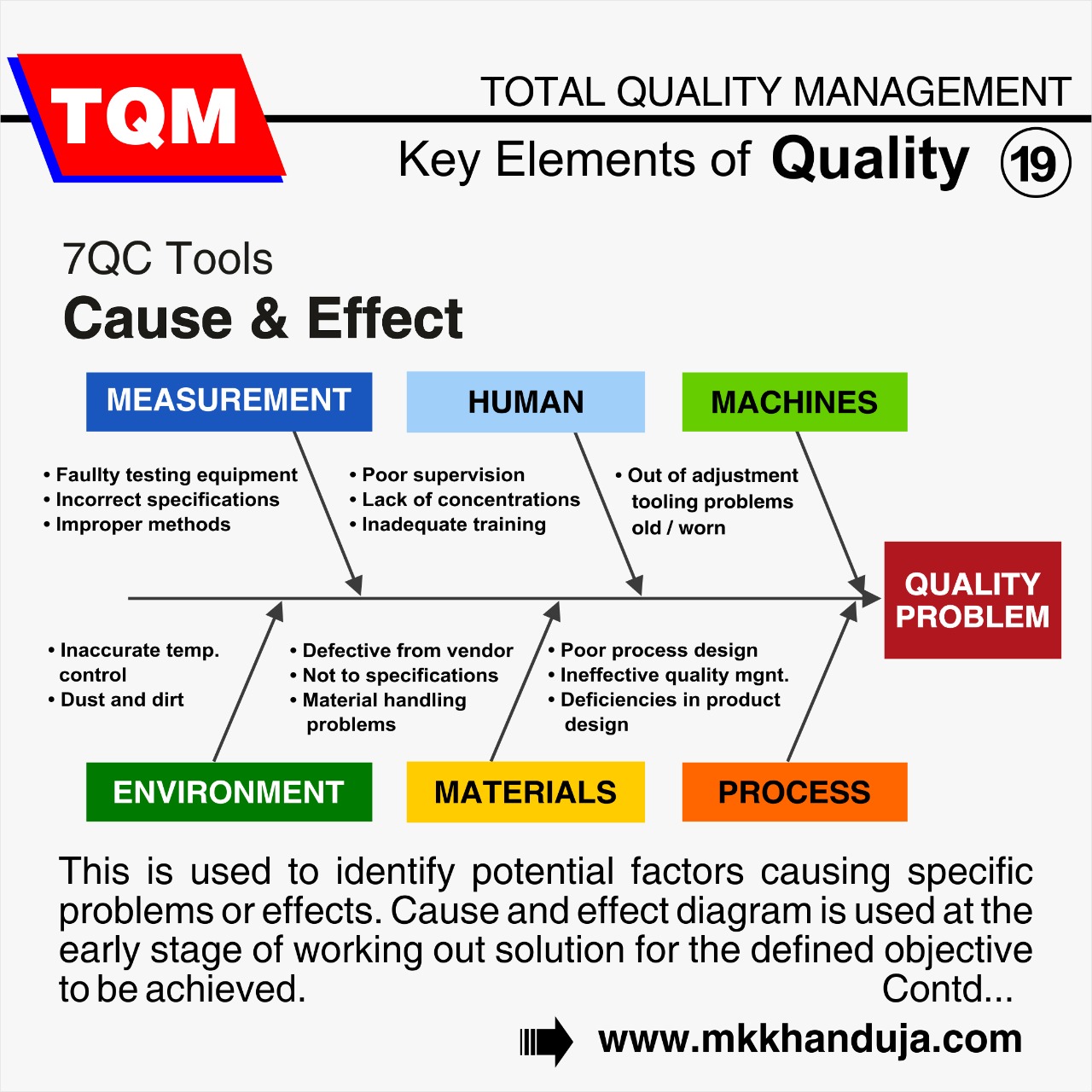
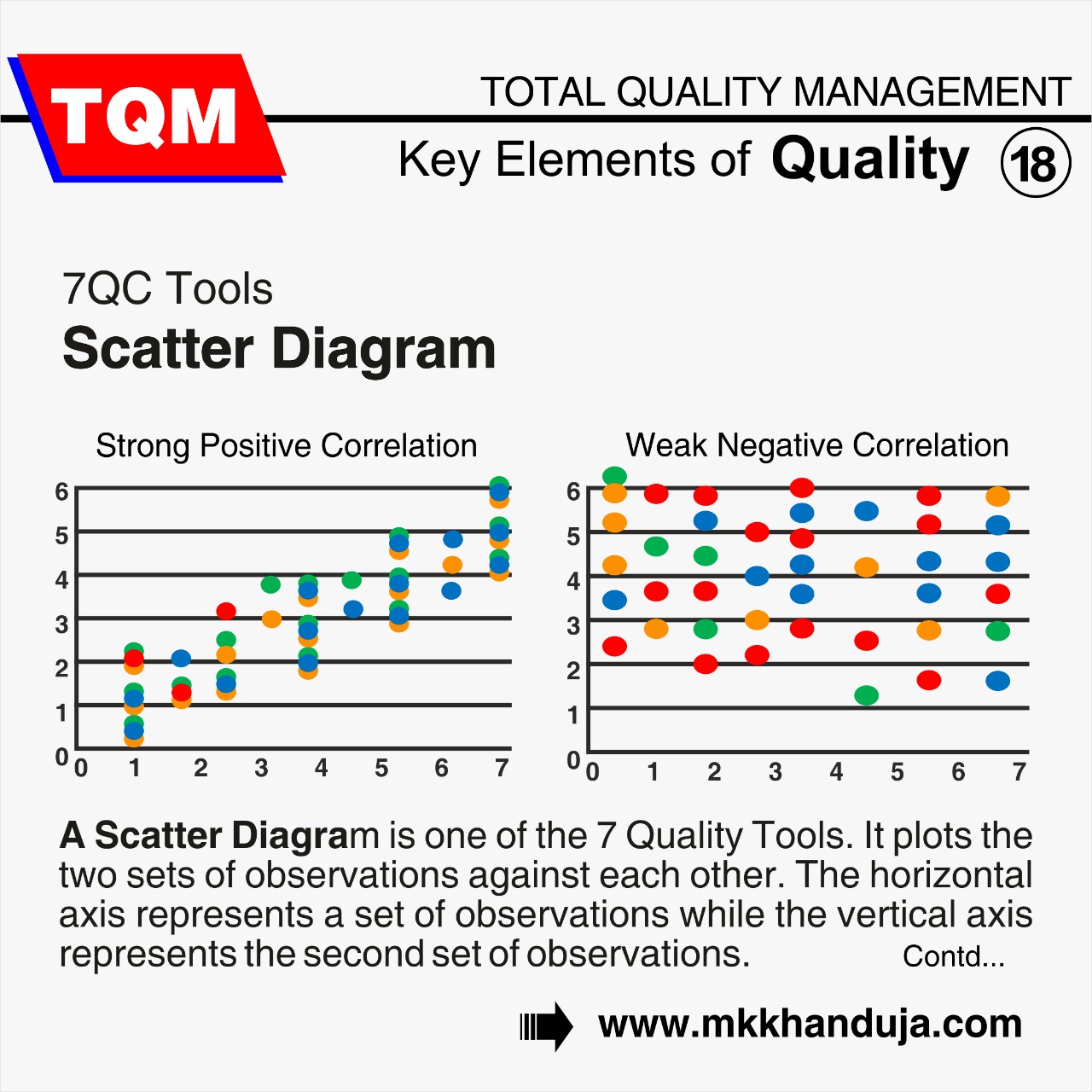
Comments